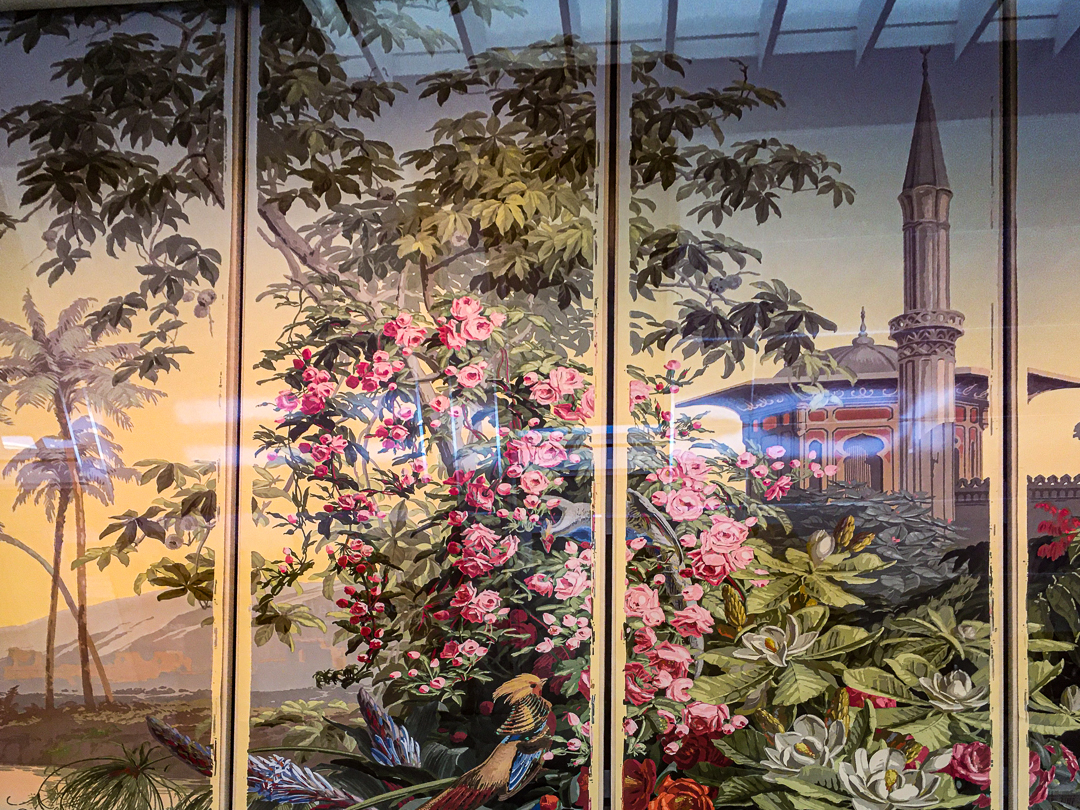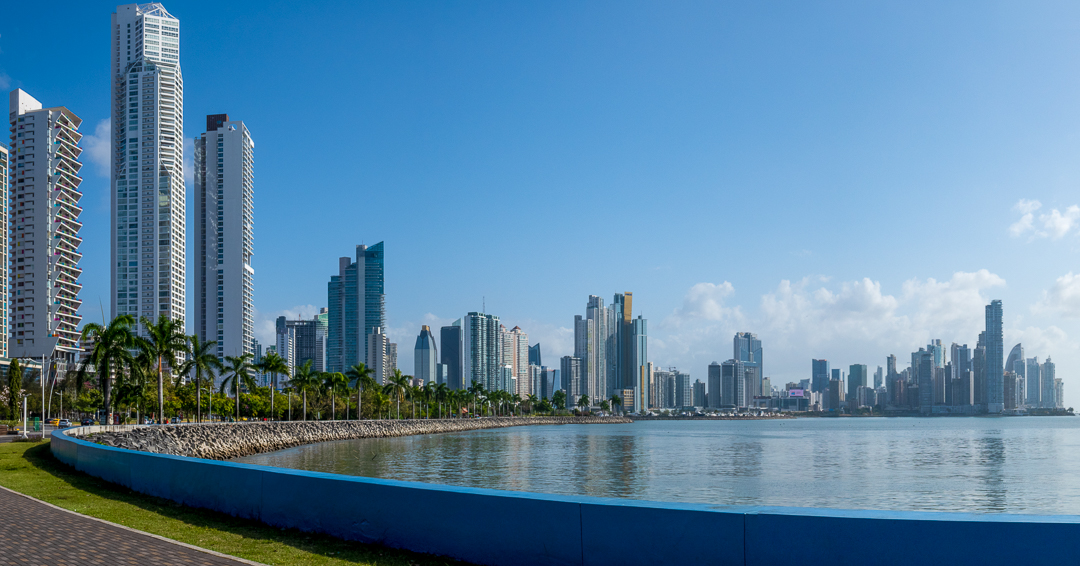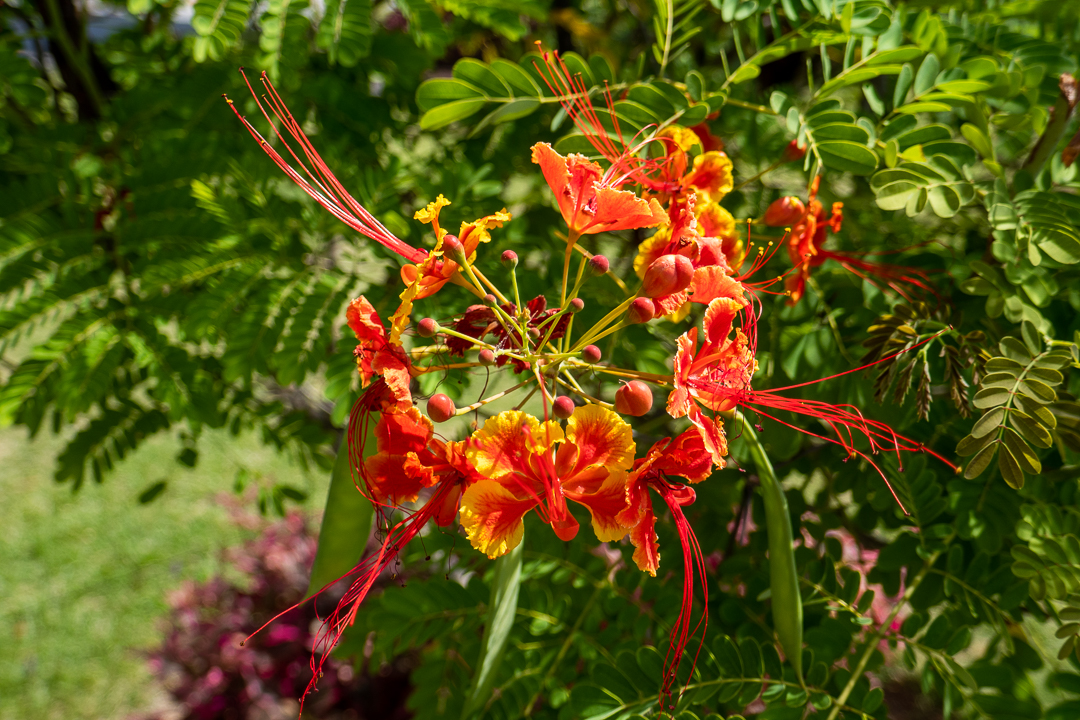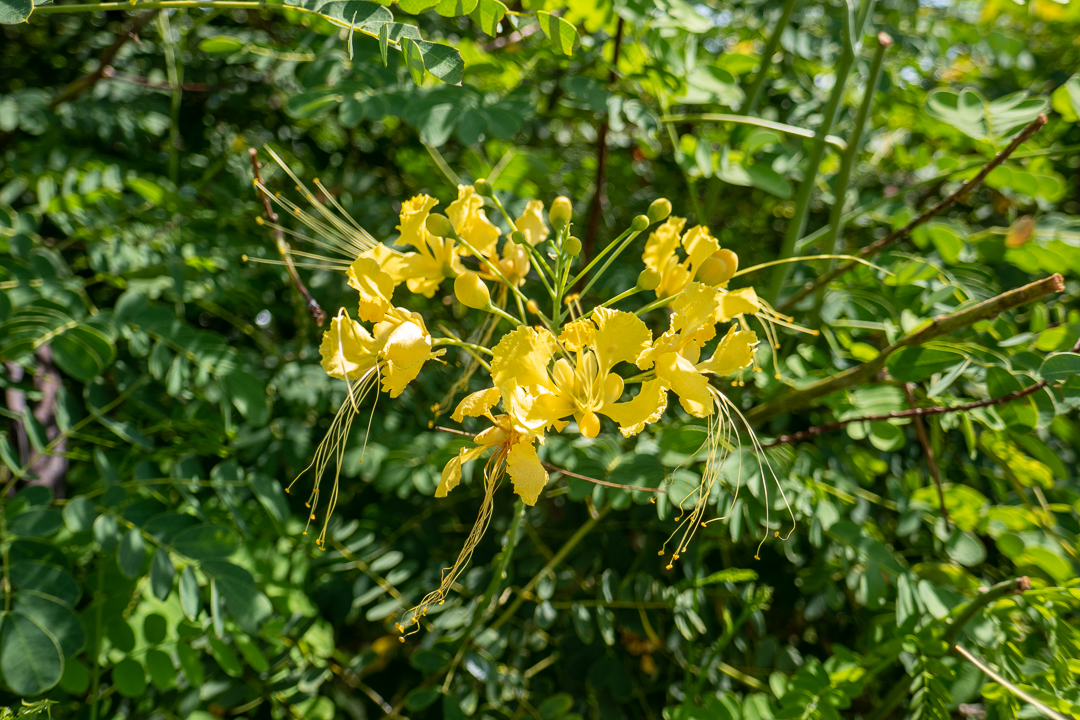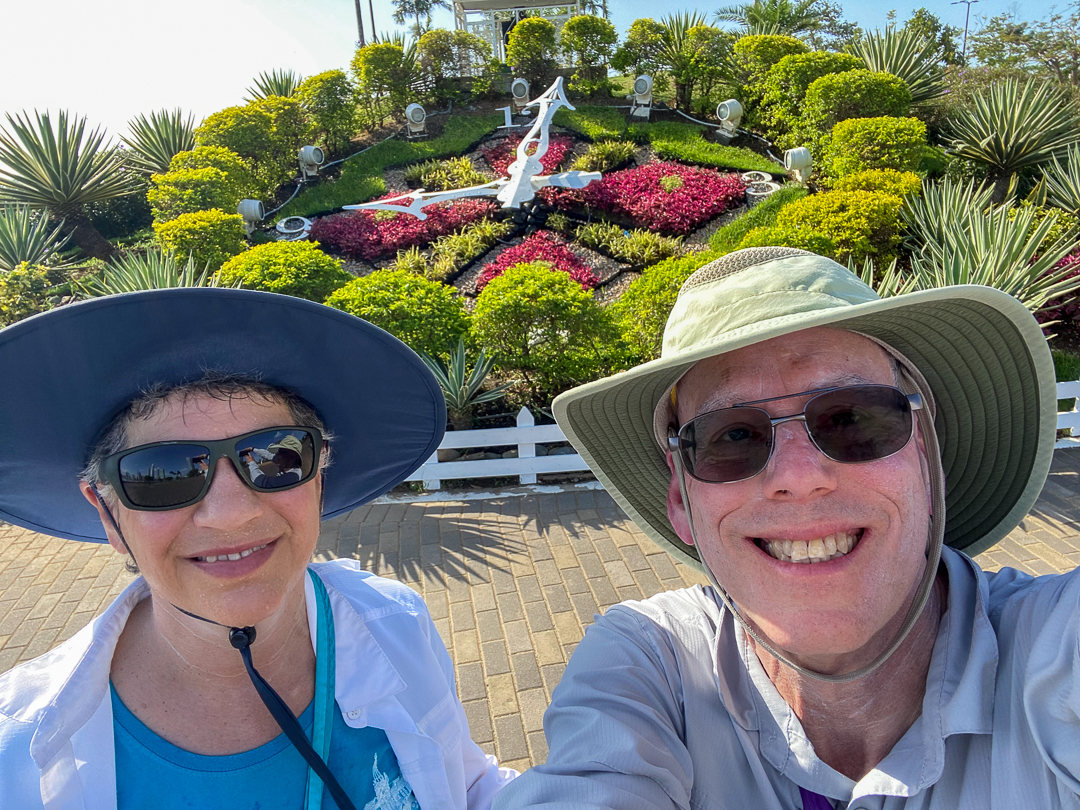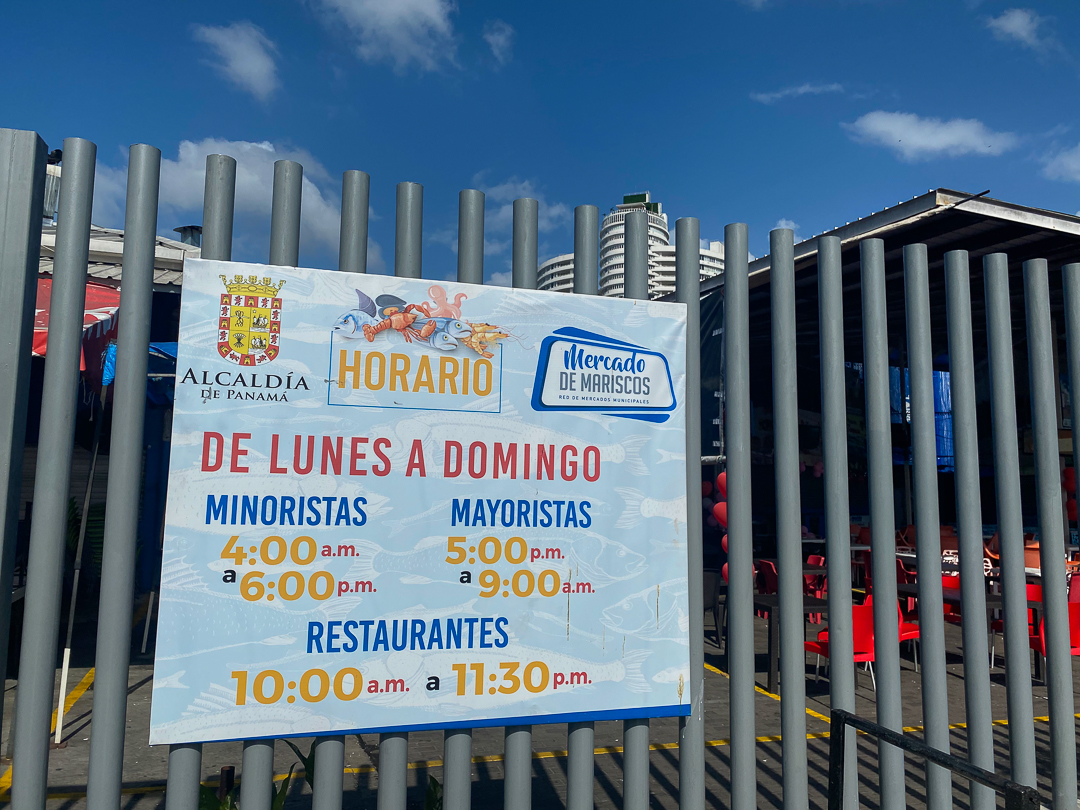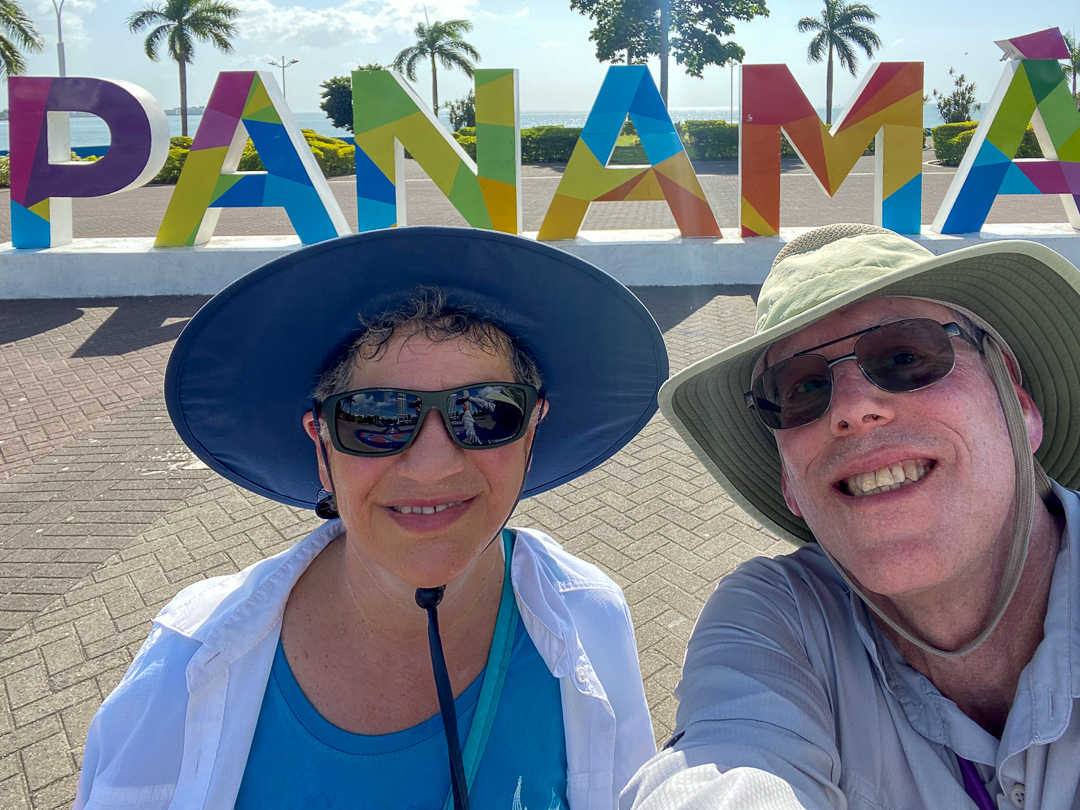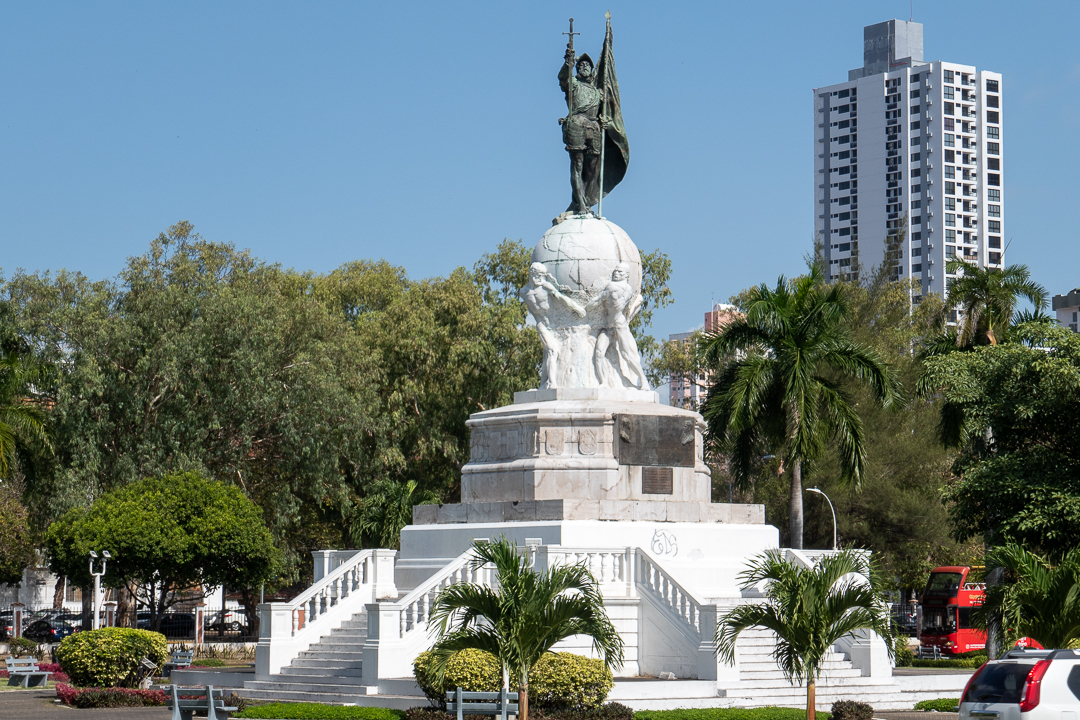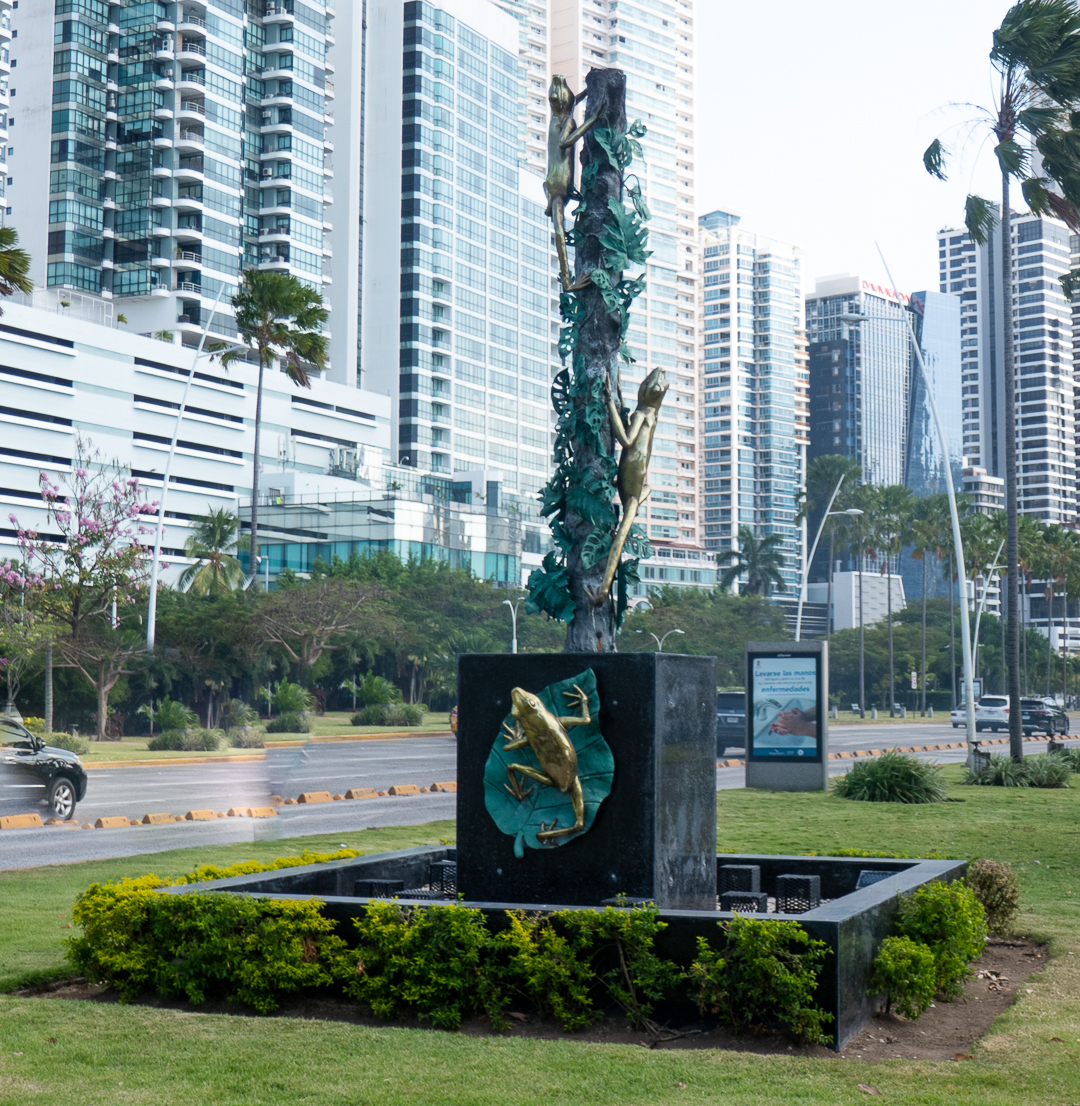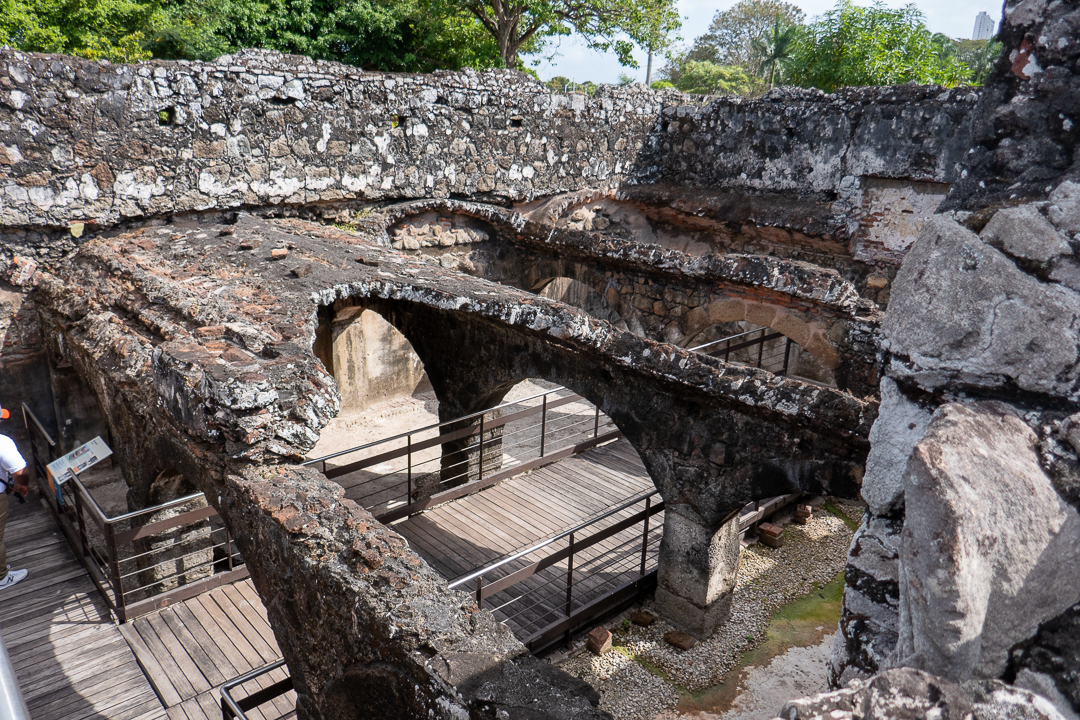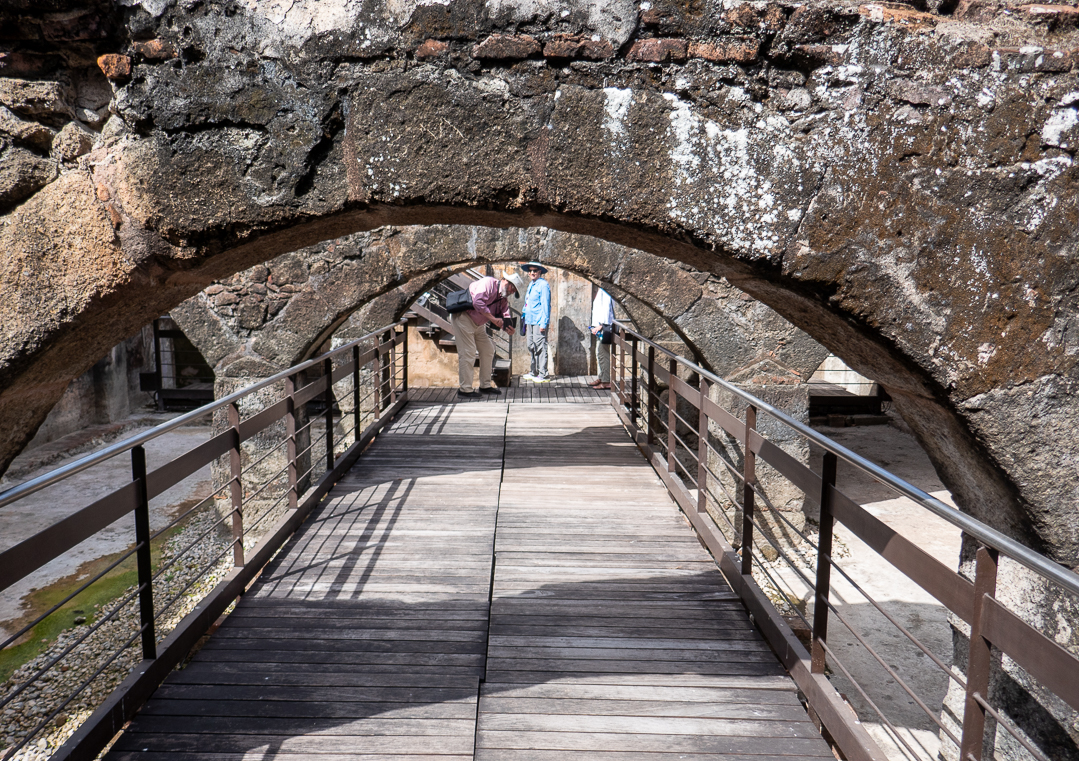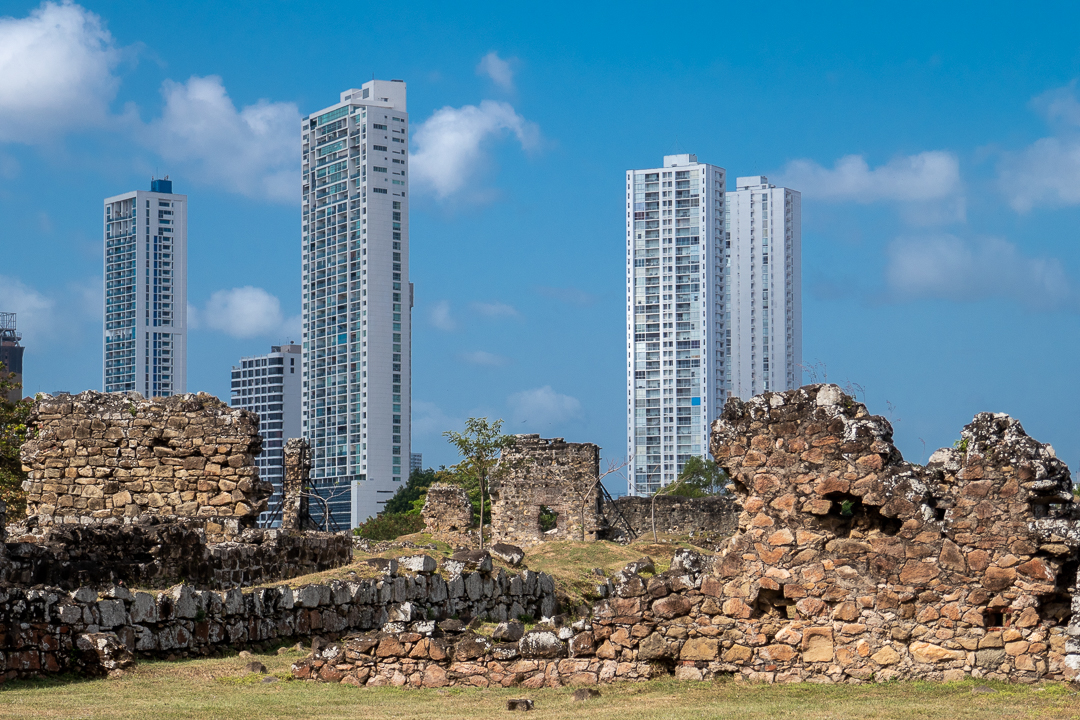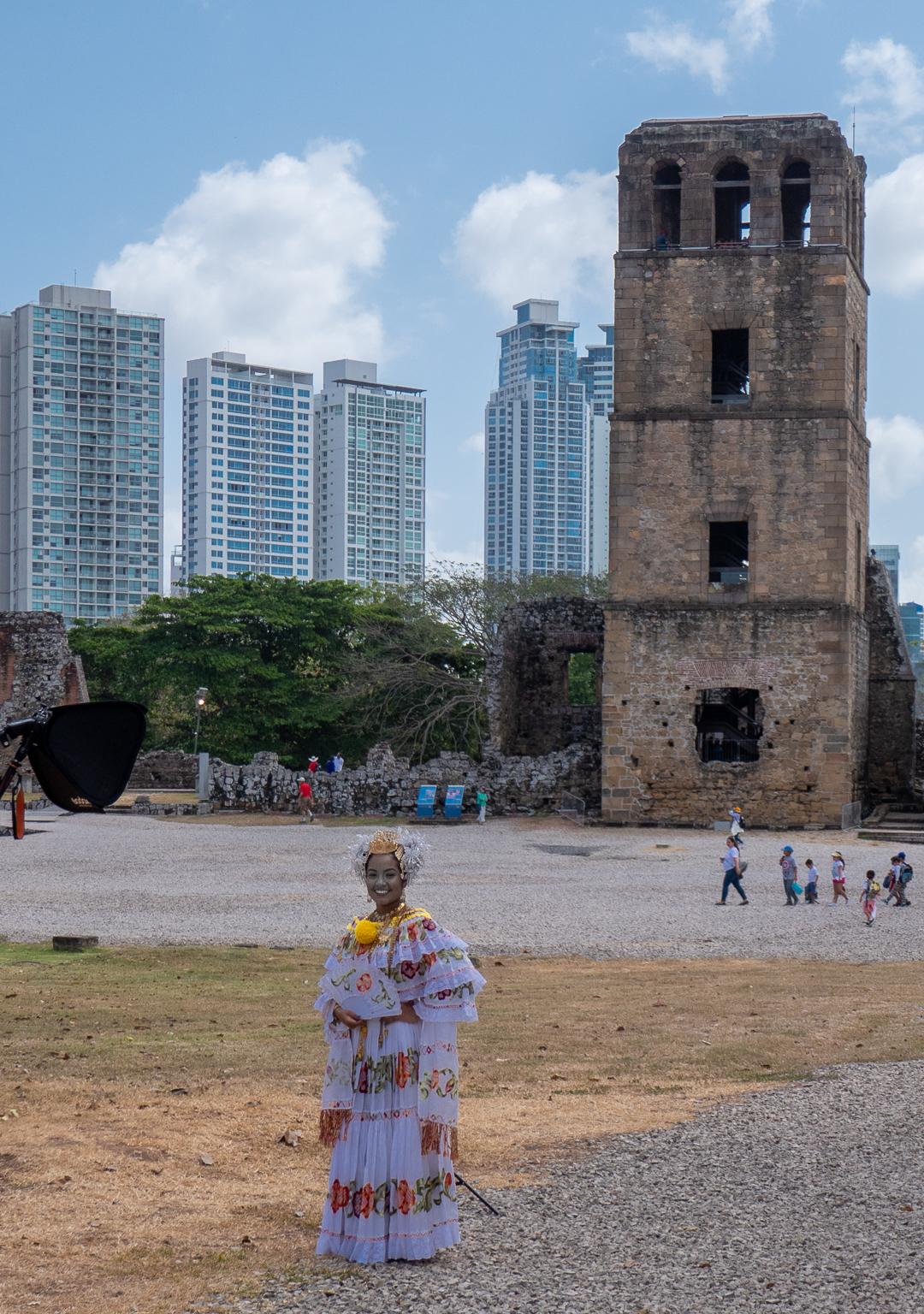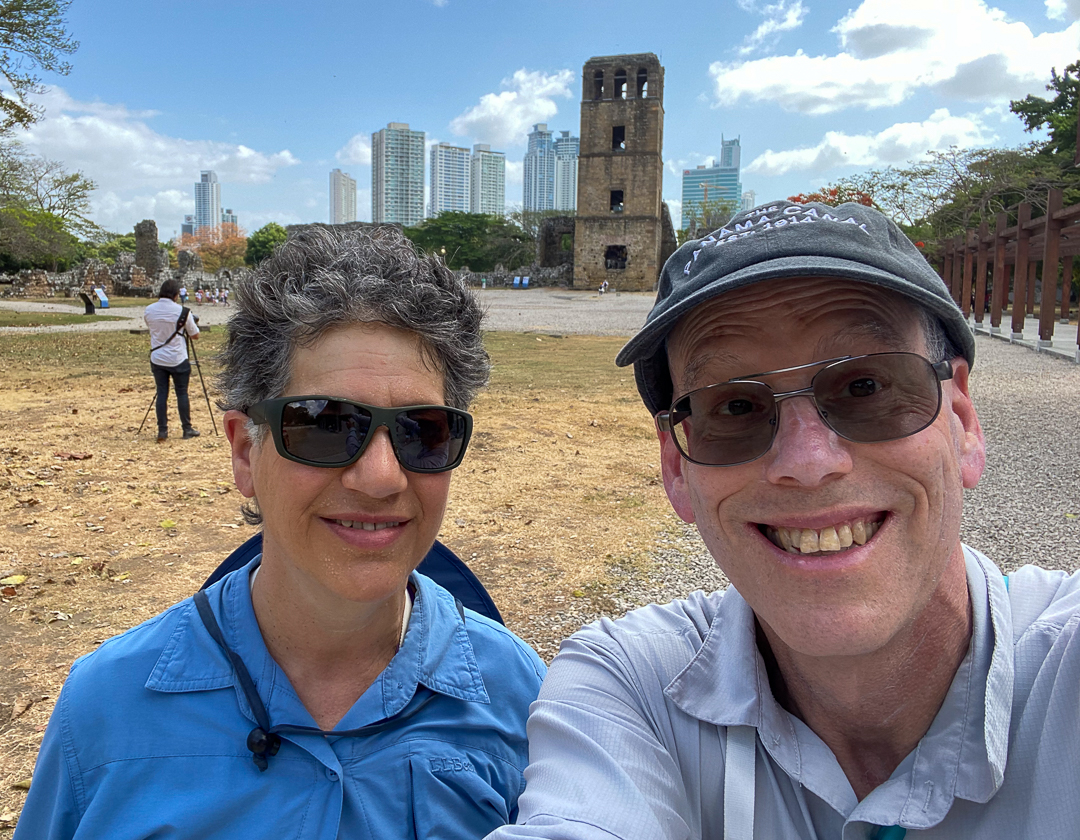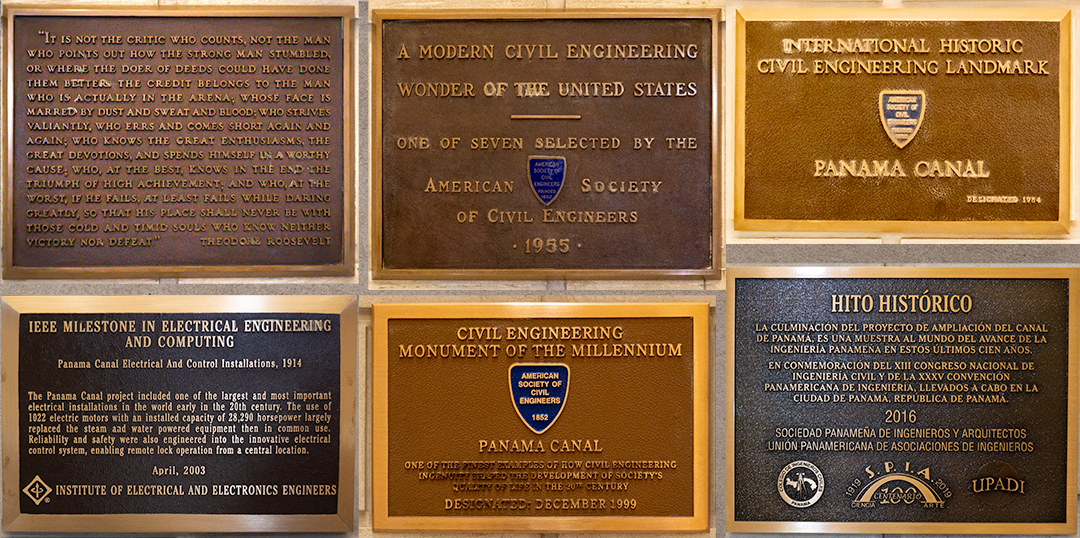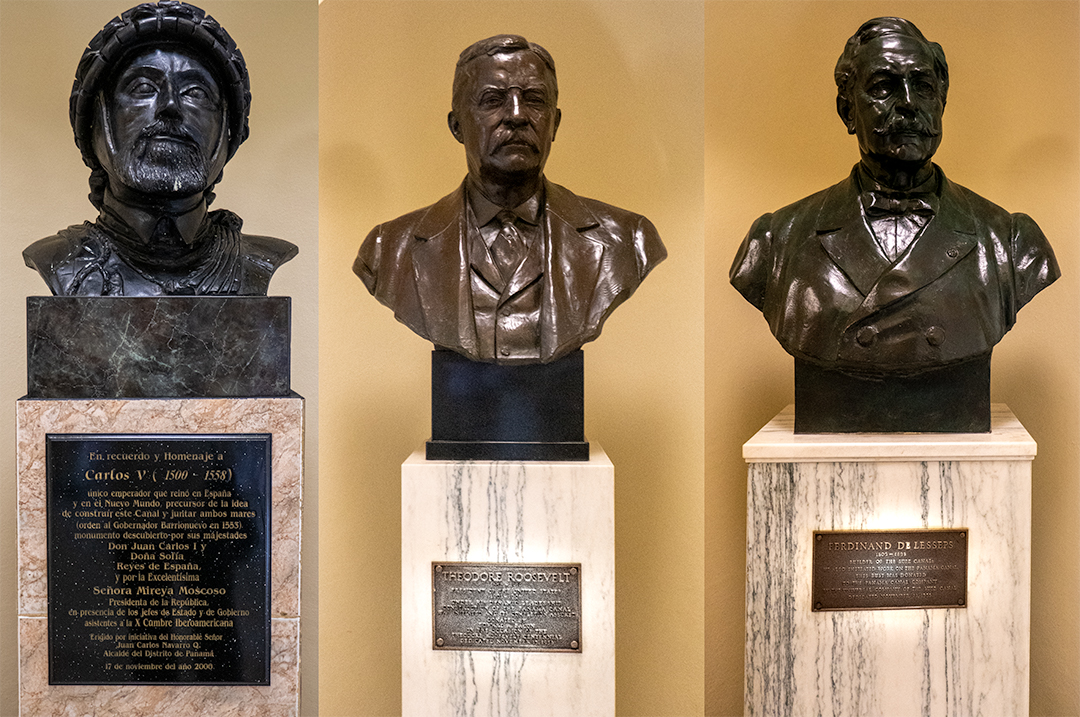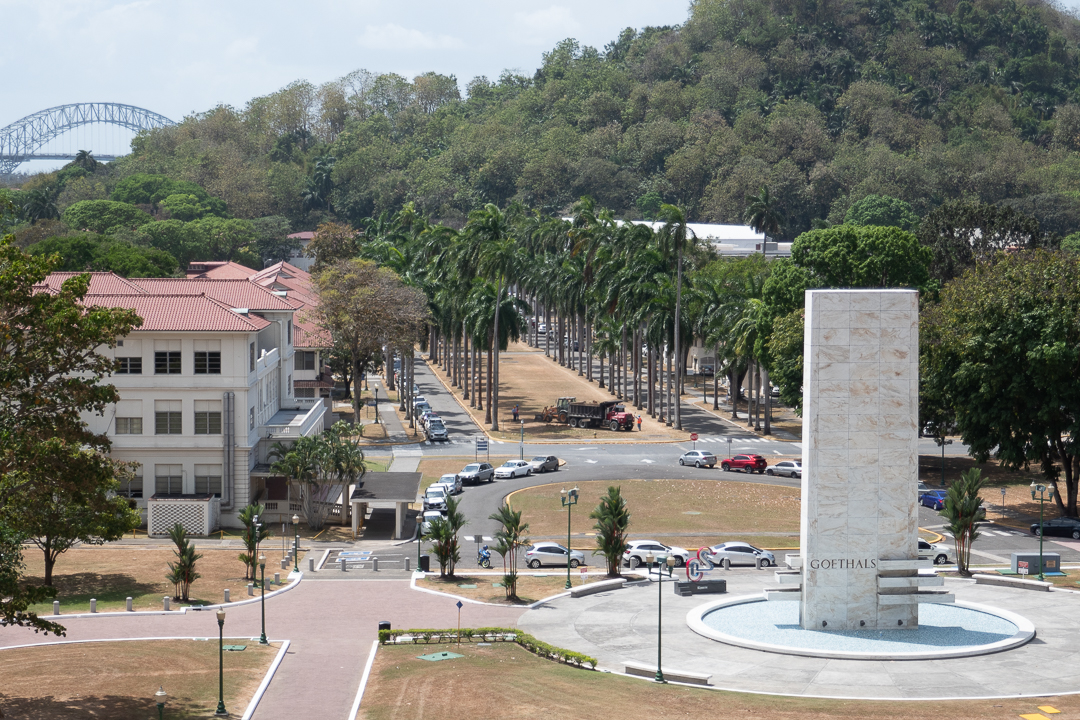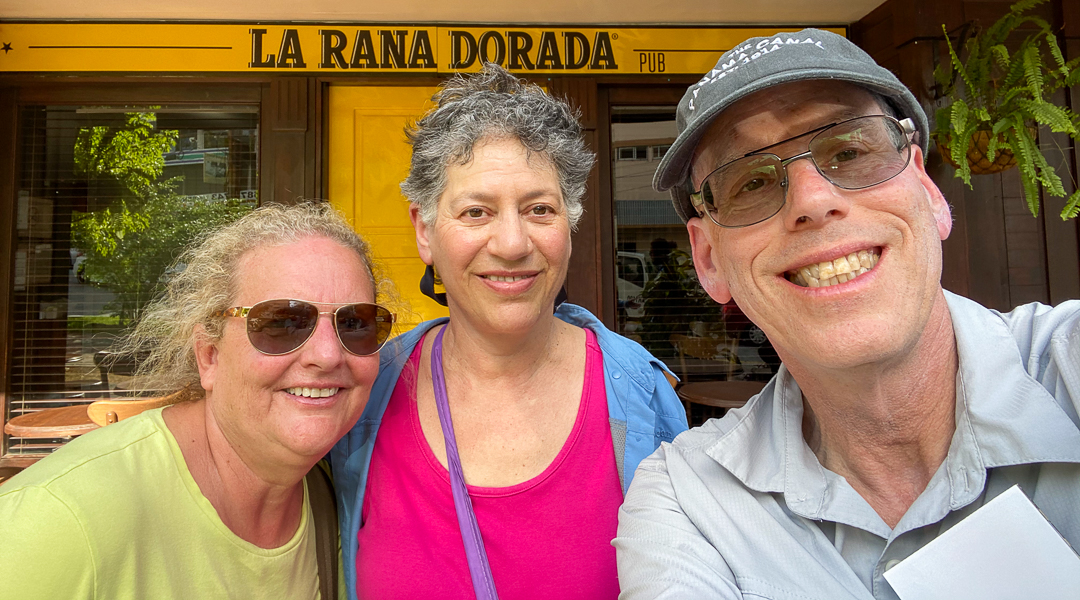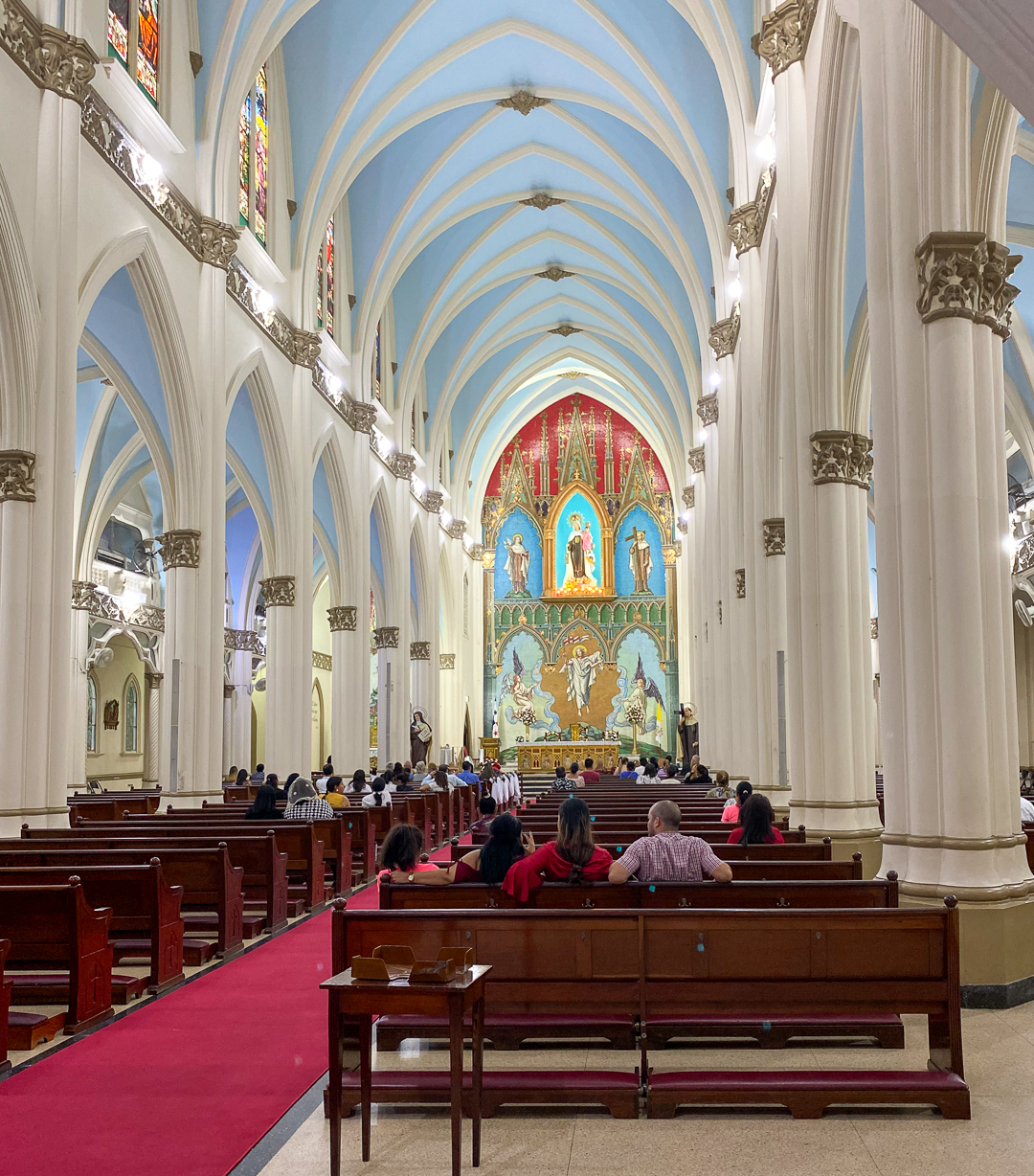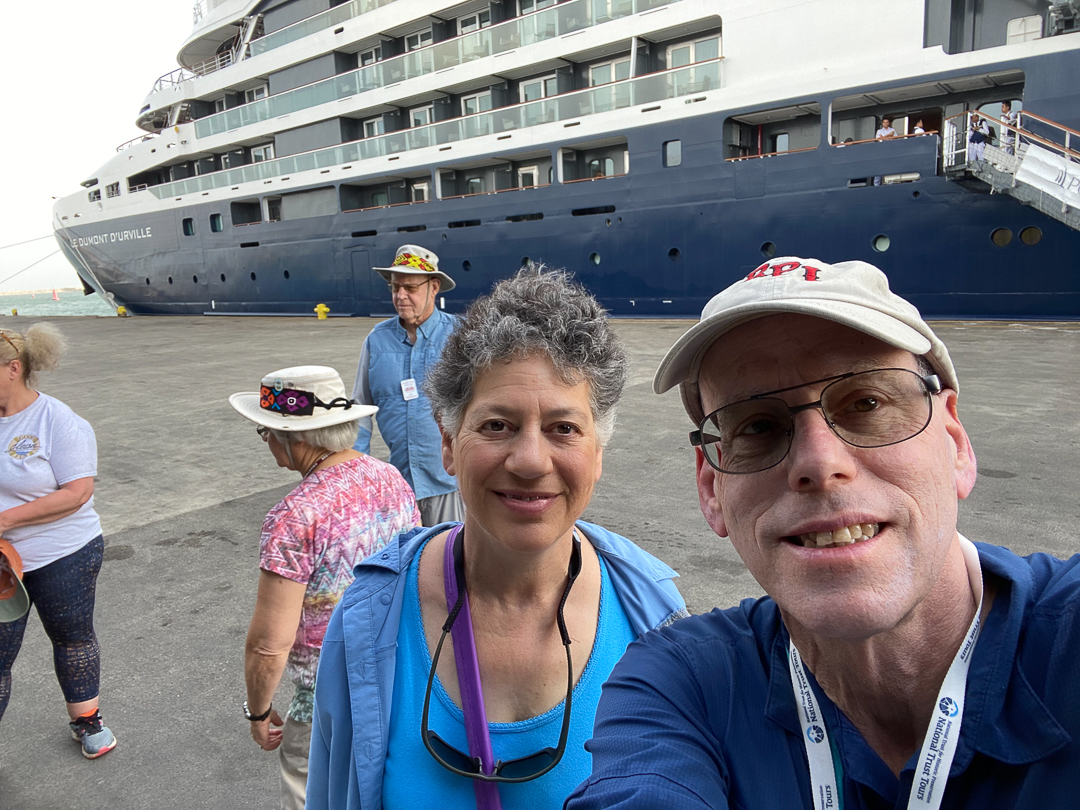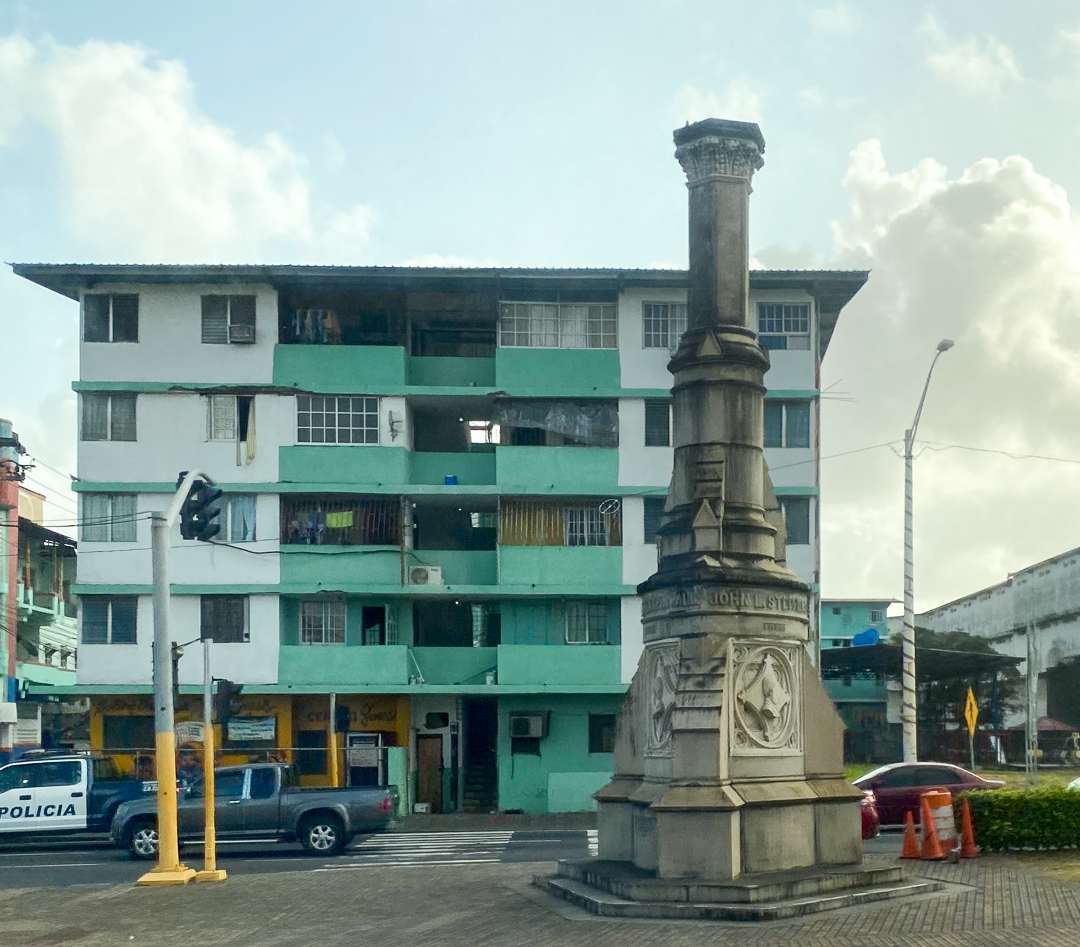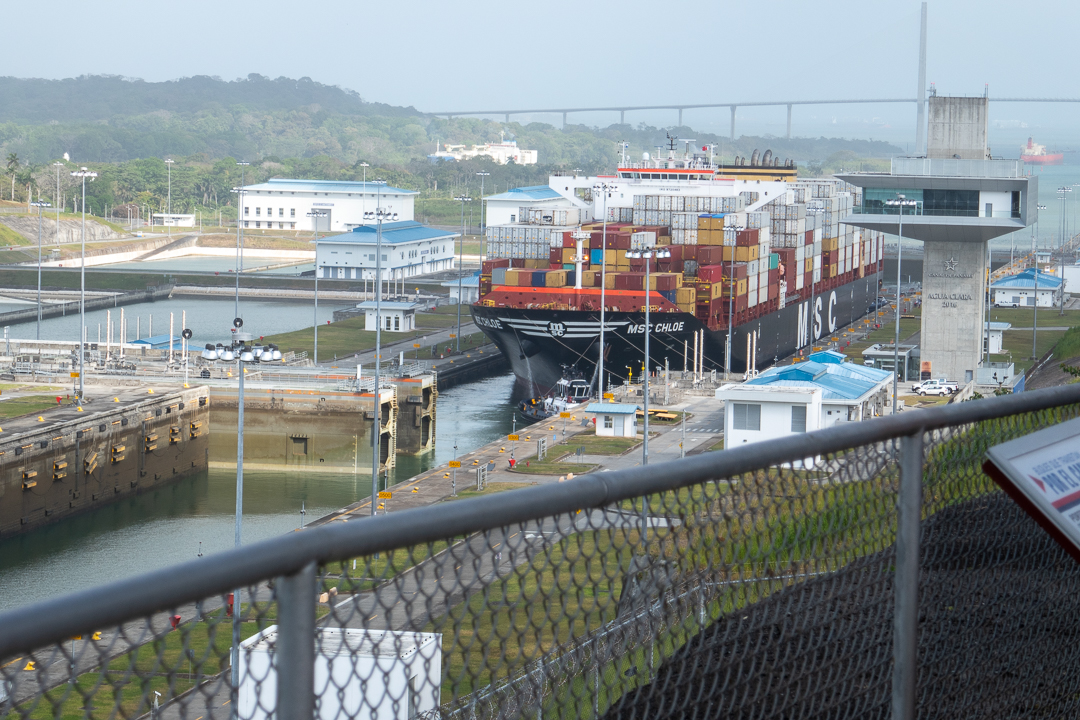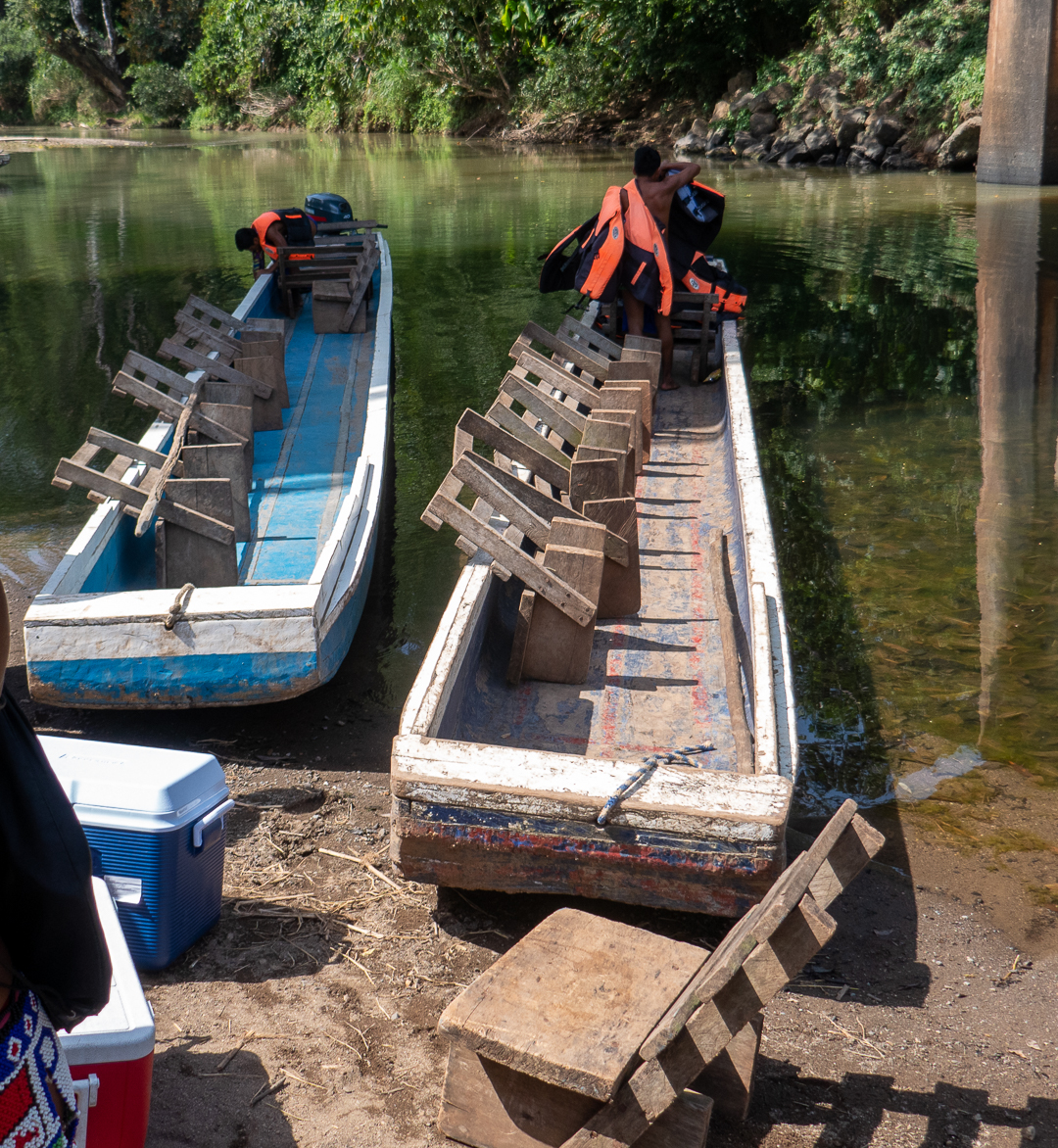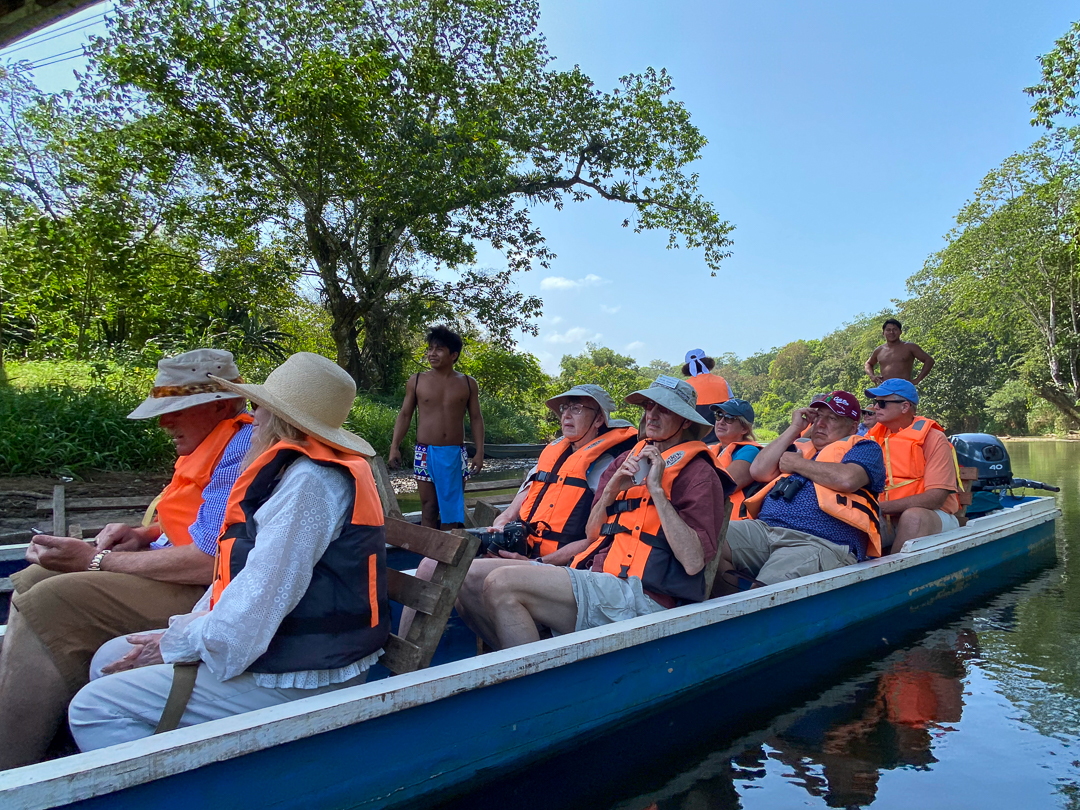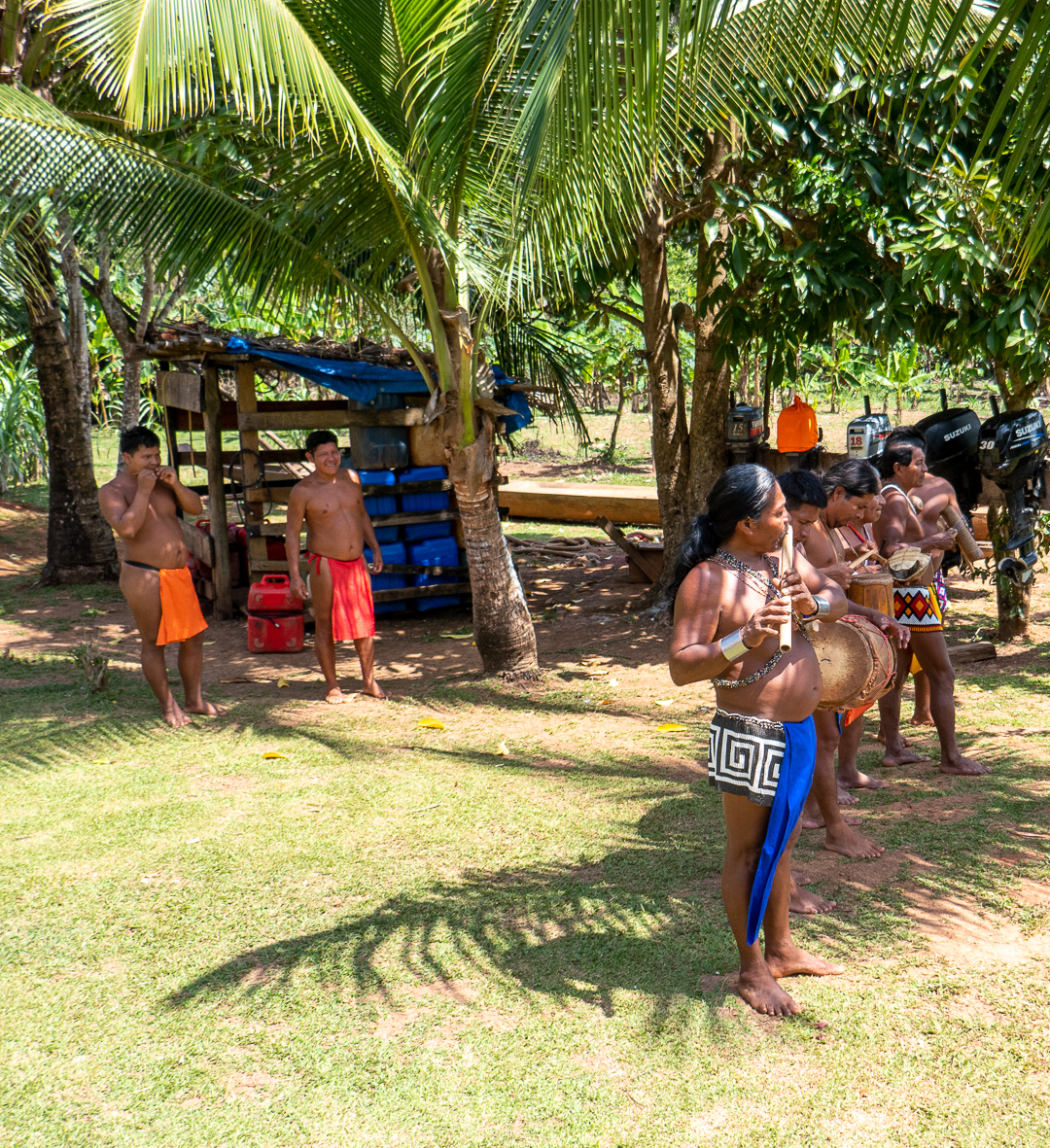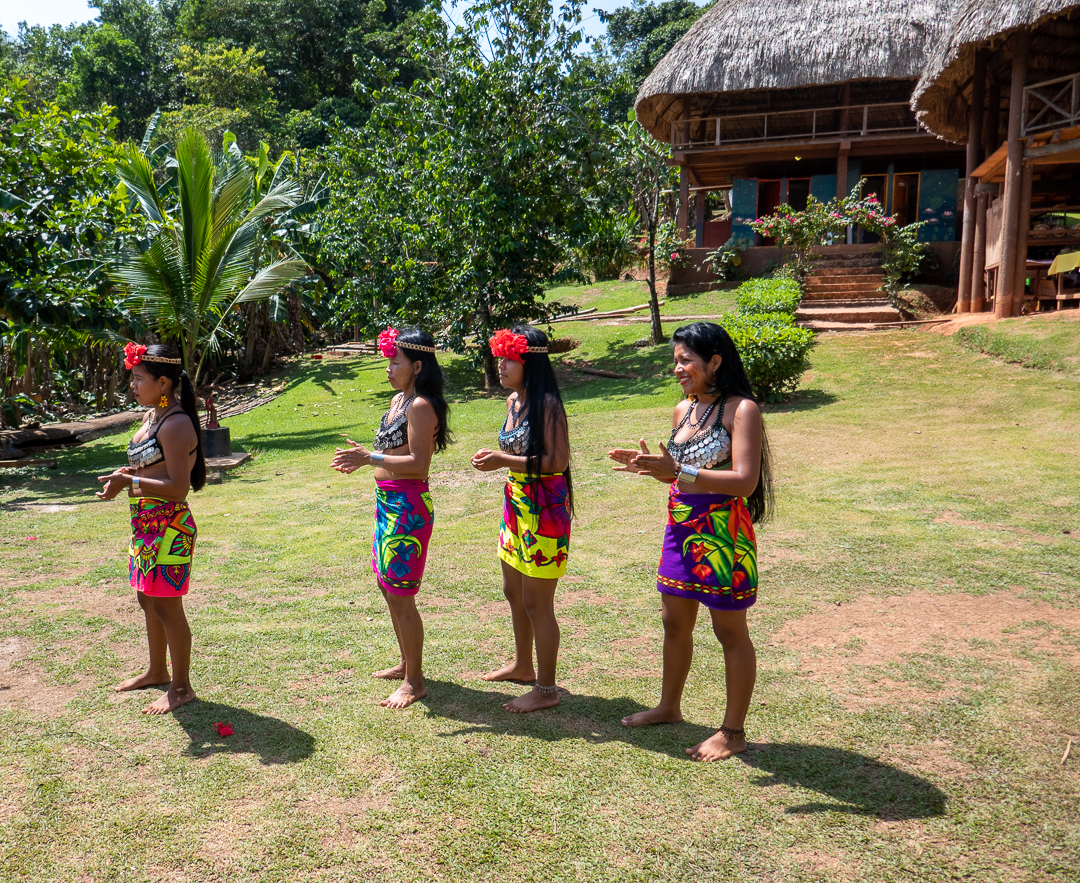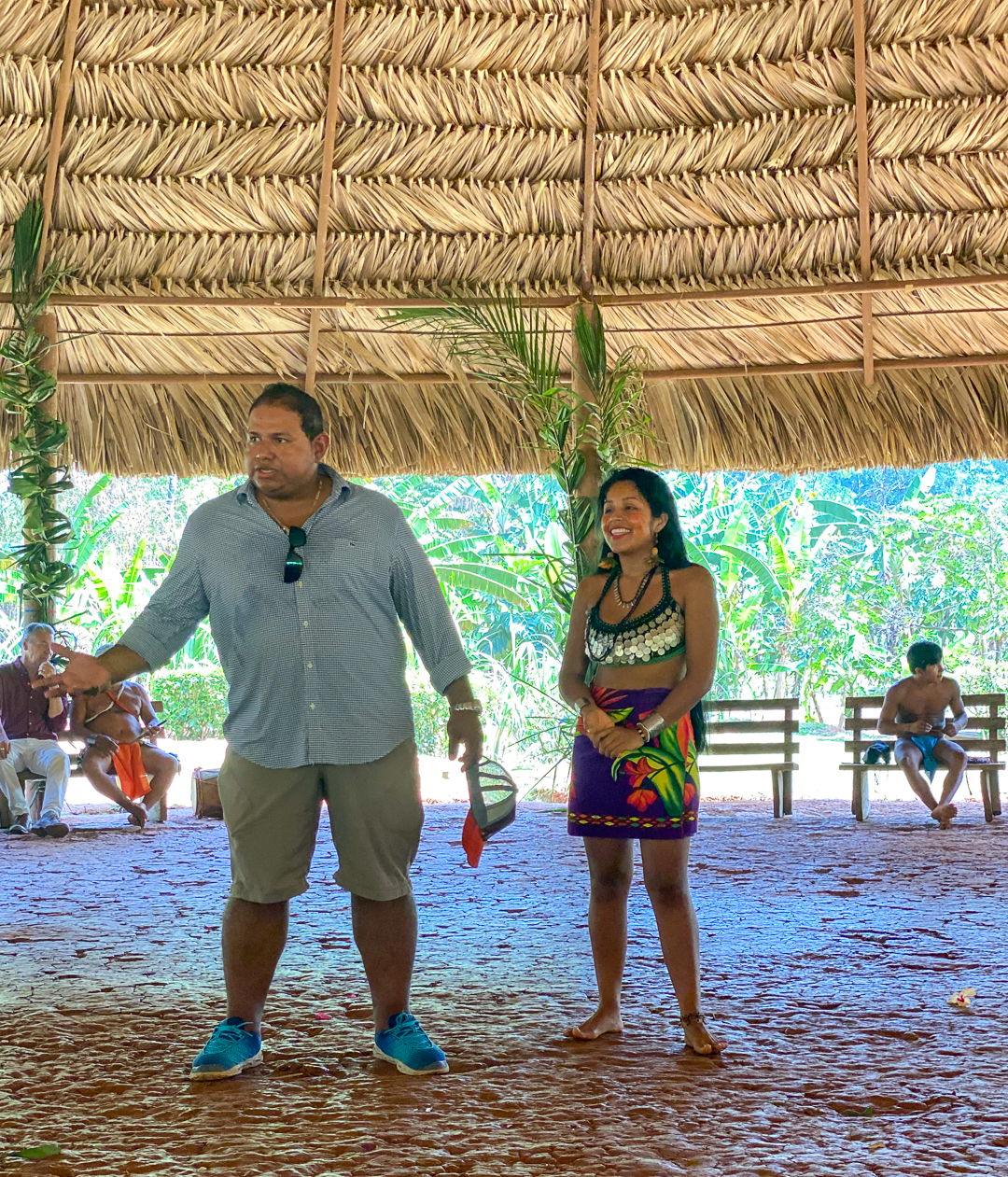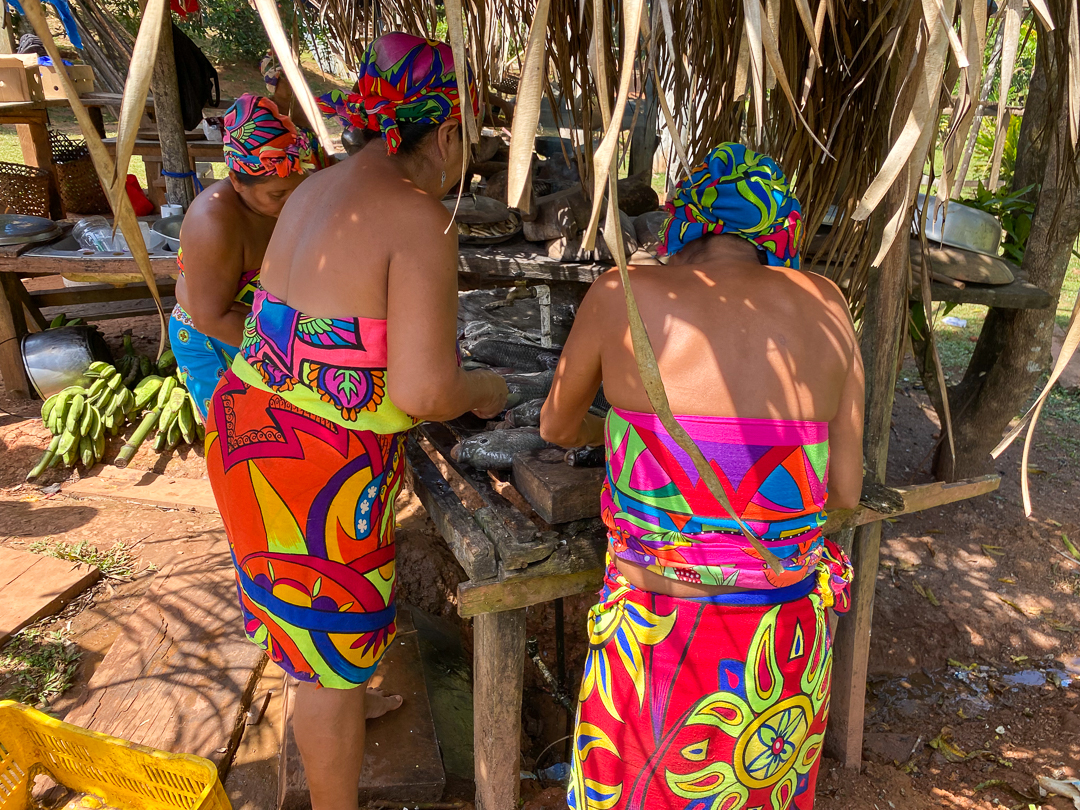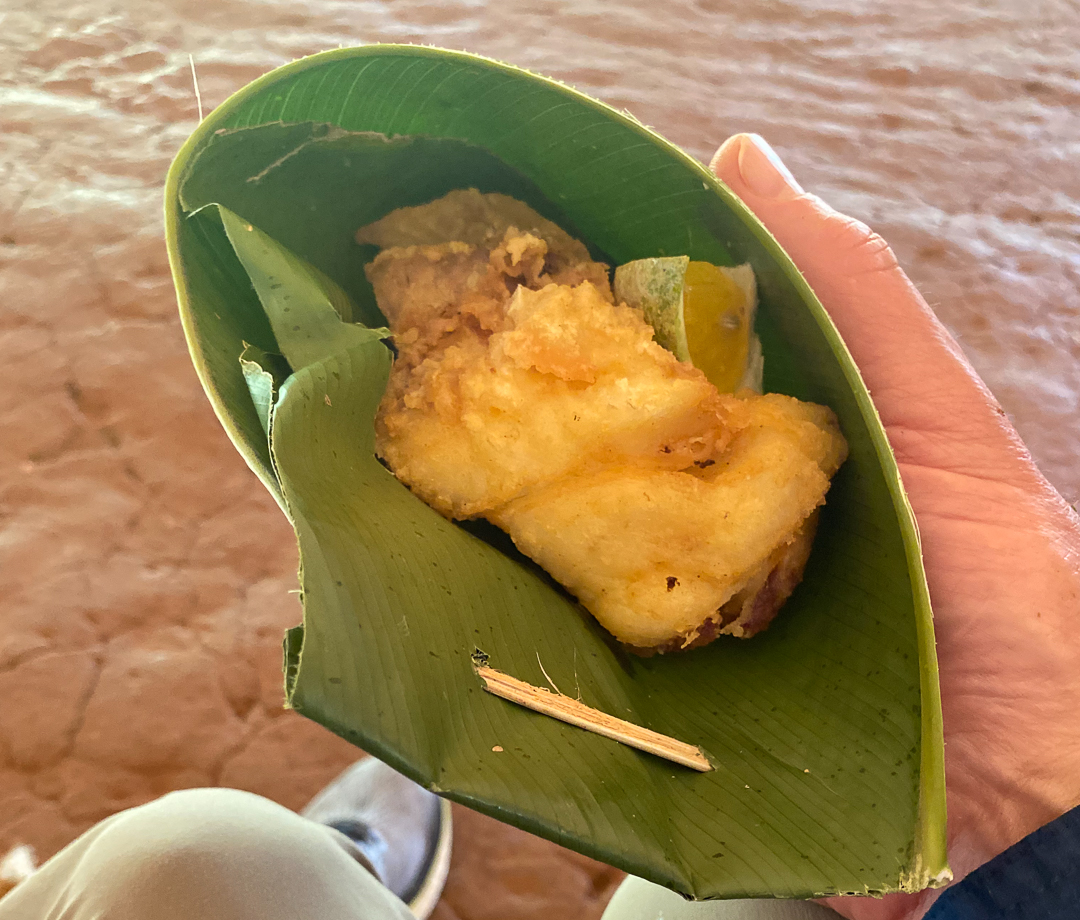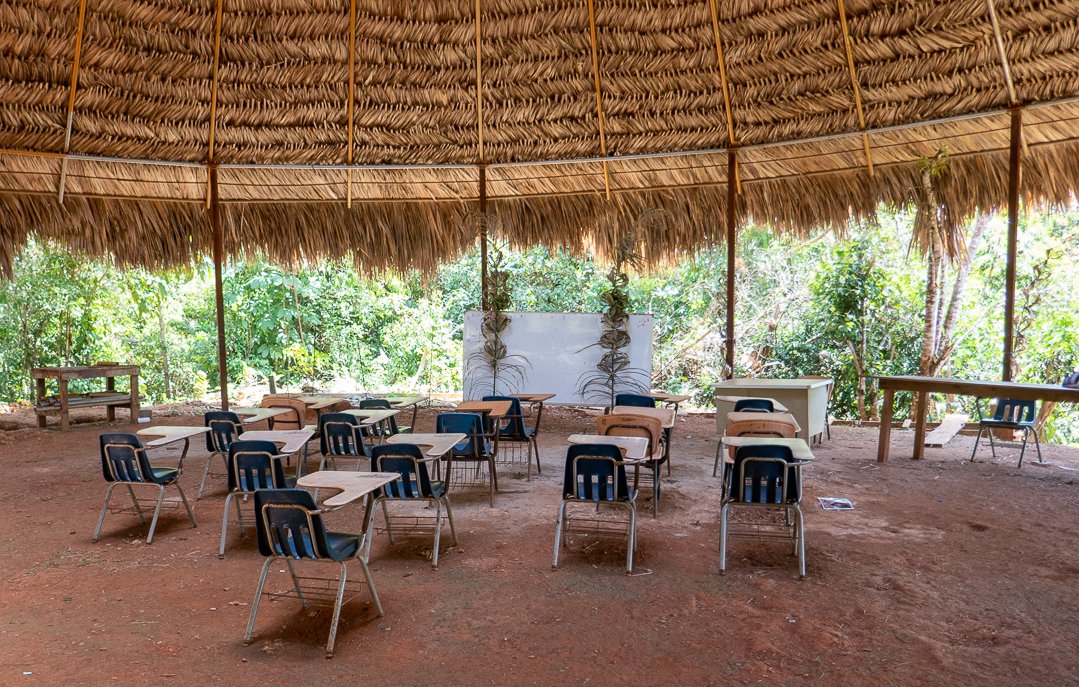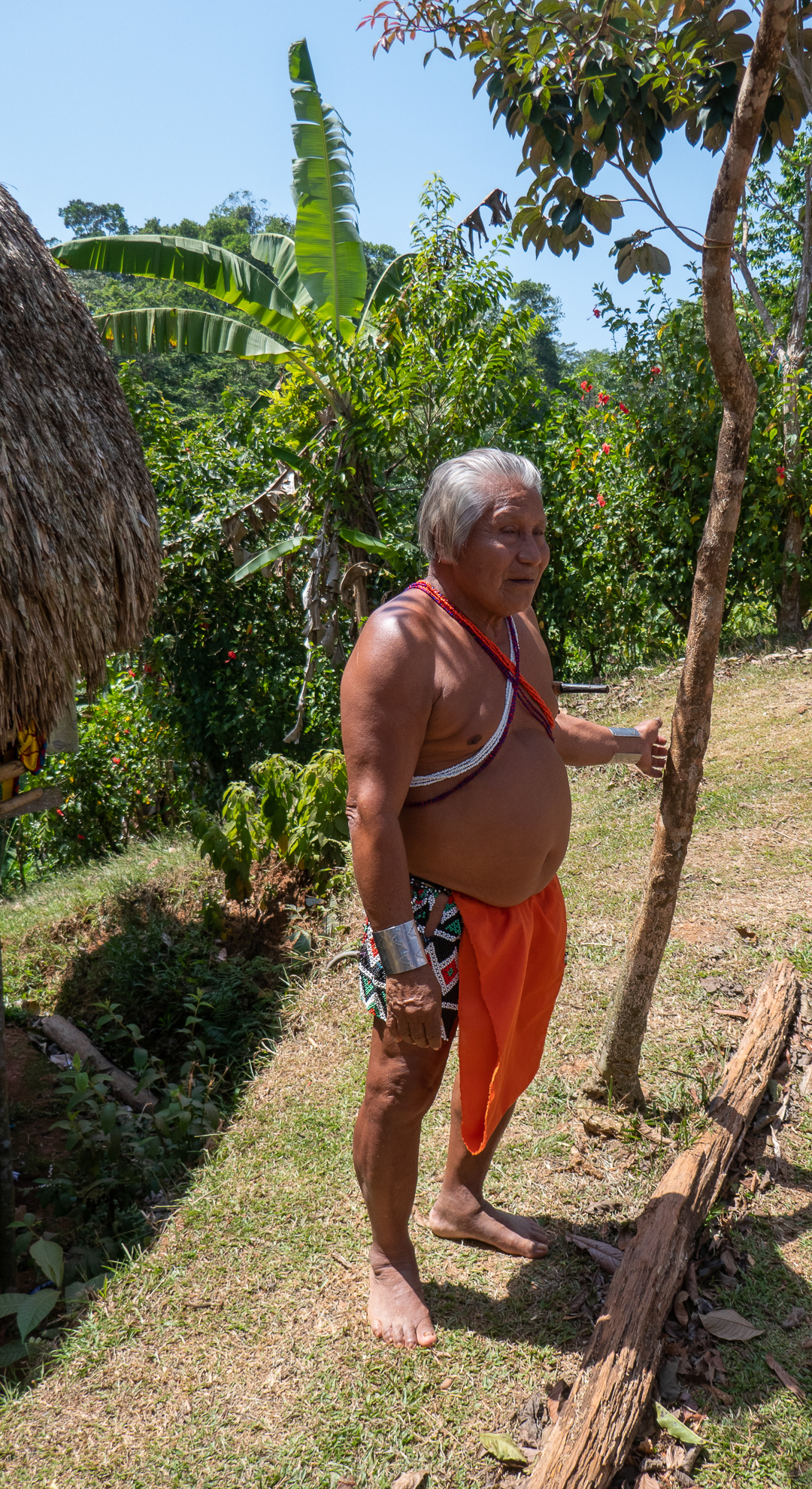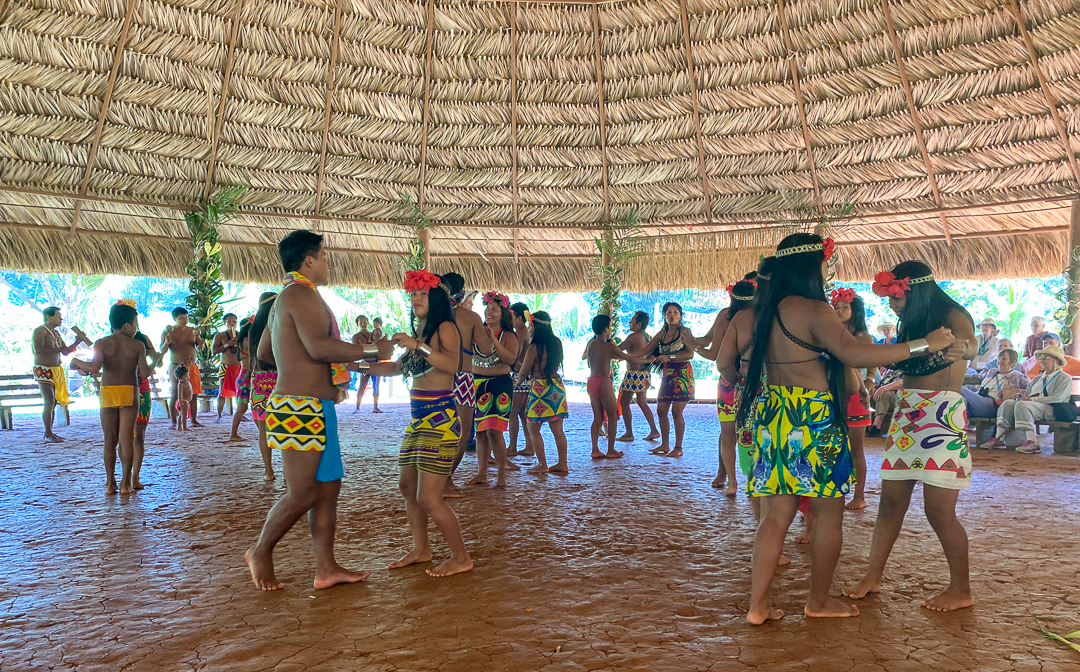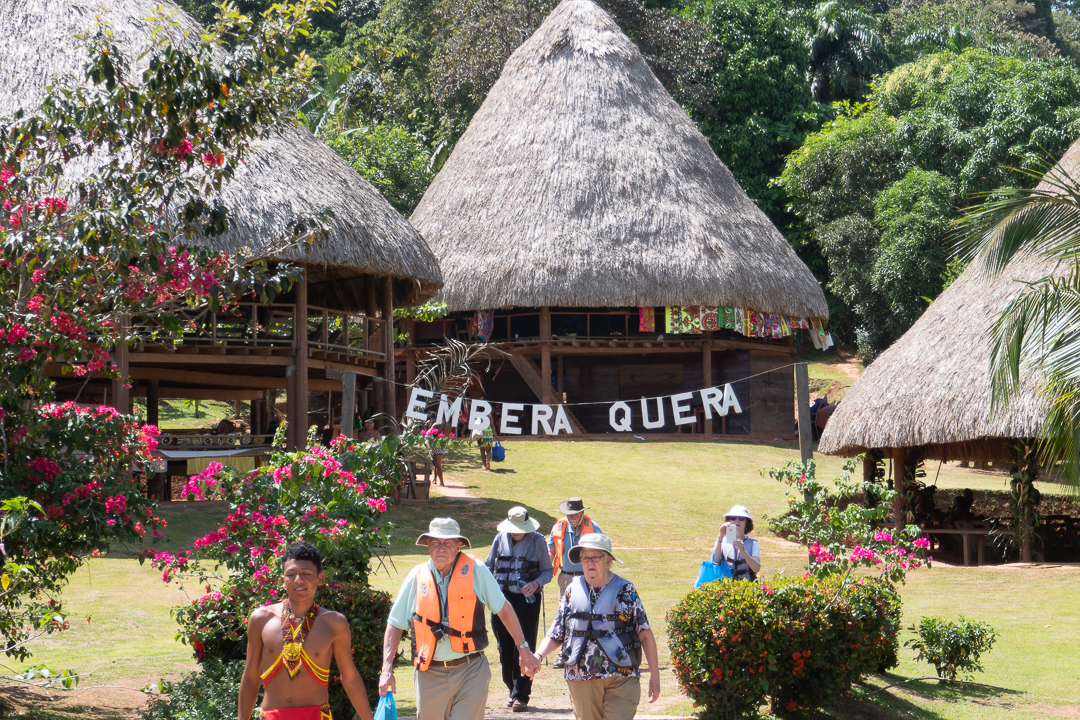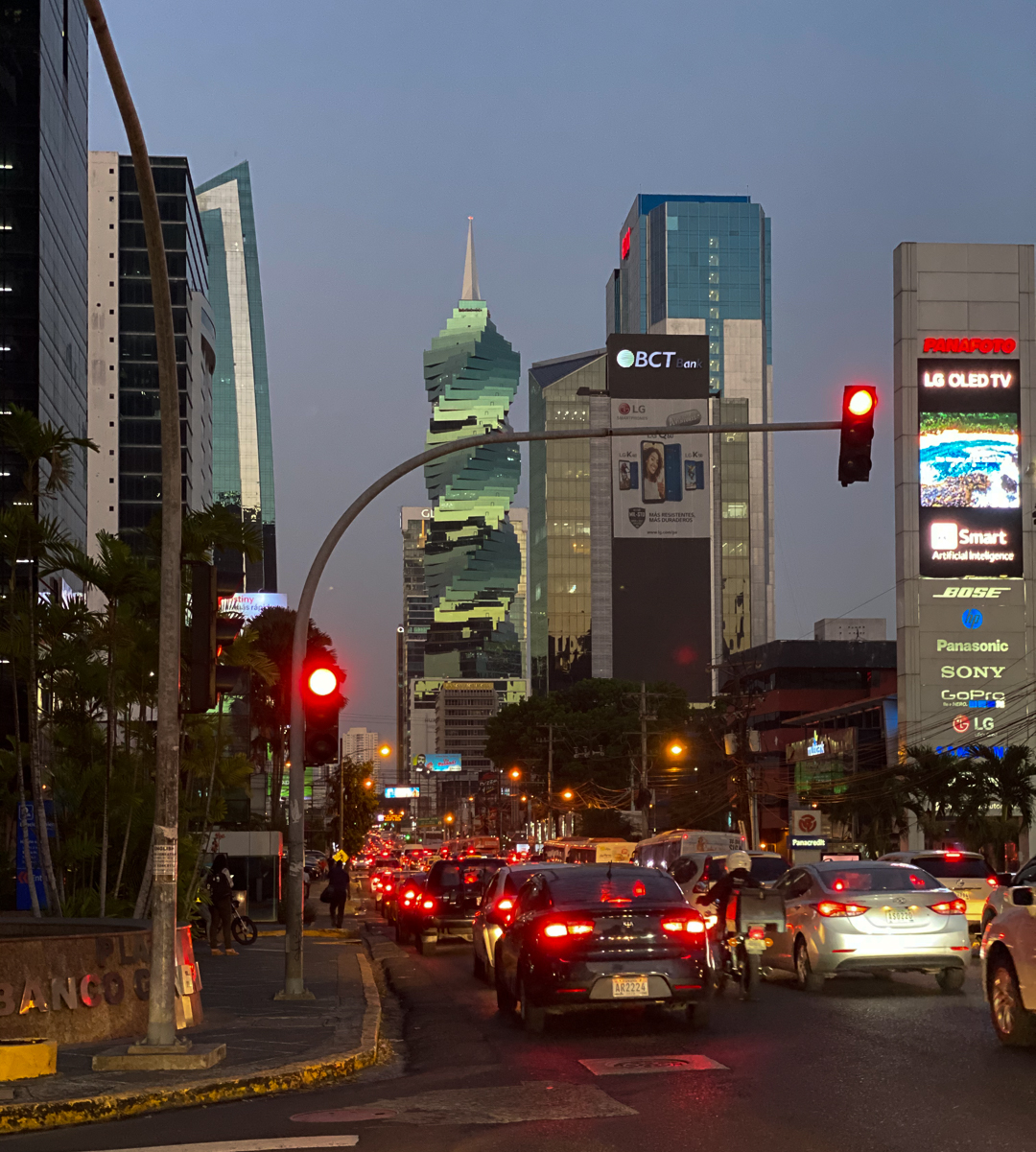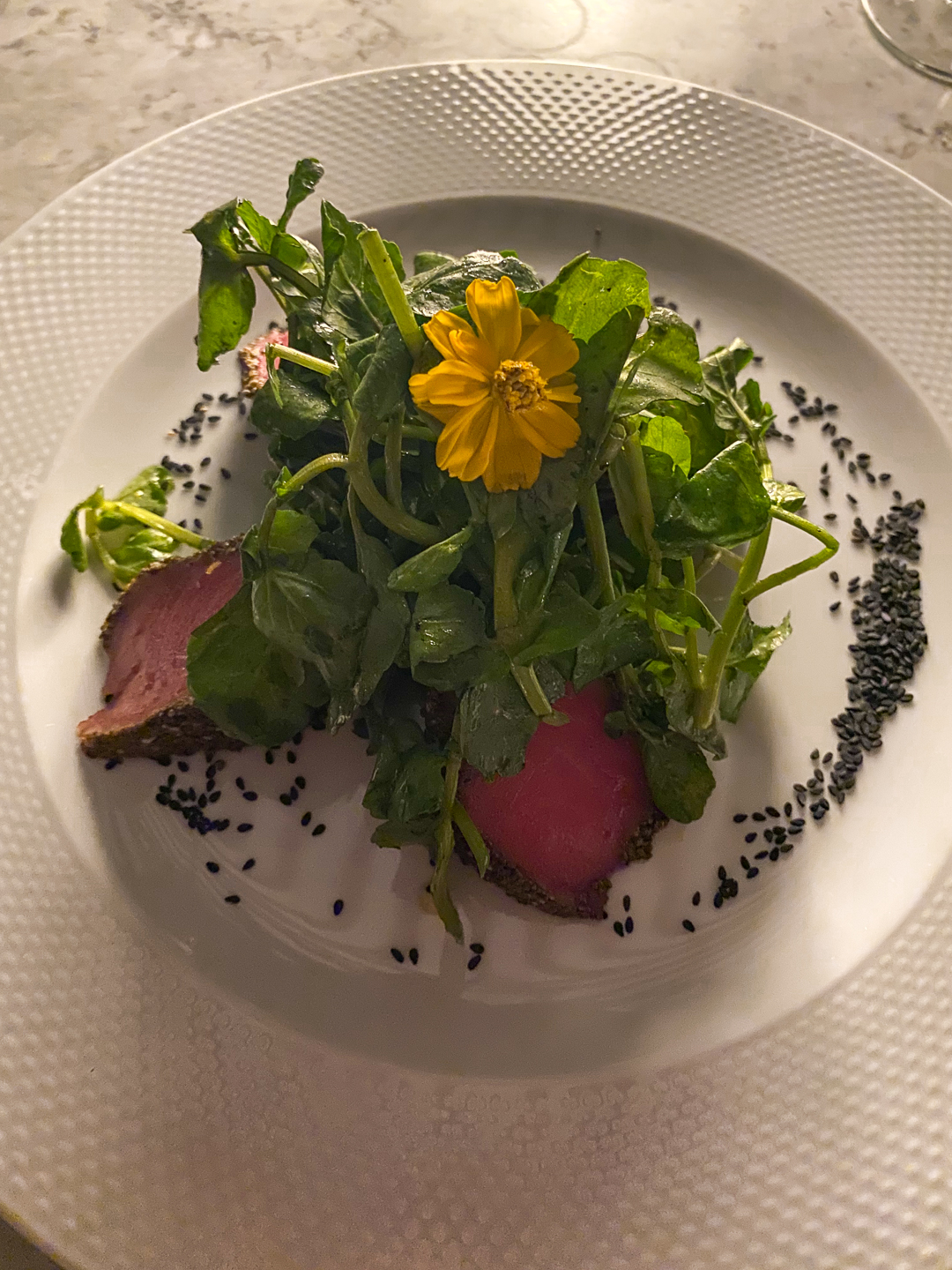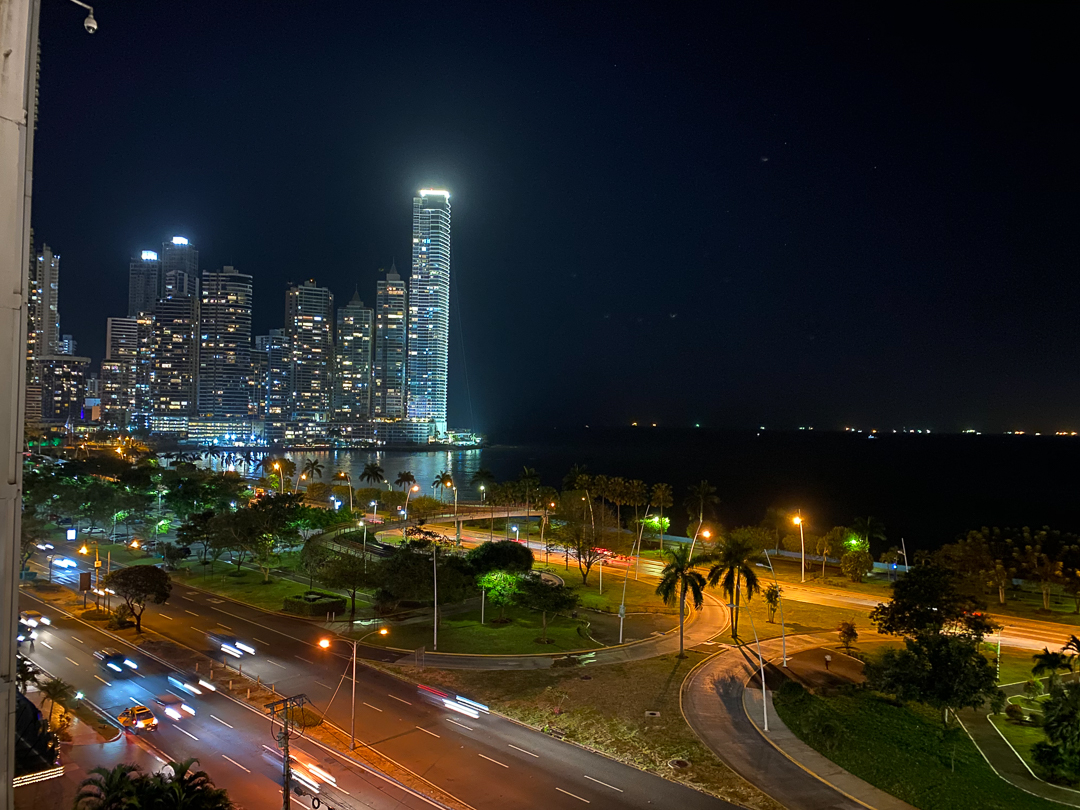On Memorial Day weekend 2013, my friend Sam told me about the great health results he was having with his Fitbit One pedometer.  It sounded easy enough to try, so a few days later both Diane and I bought one, and we used them faithfully – I kept using mine even after getting my Apple Watch (and even after upgrading to the Apple Watch 5).  It was simple, rugged, and only did one thing – and I could compete with friends.  The only real problem with the device was keeping it – it was small, and could easily slip out of my pocket, but I always managed to find it, even when it escaped me on a small cruise ship last month!
Late last year, the battery in my Fitbit died; Diane had upgraded to a Fitbit watch, so I took her One and kept on stepping. Â The battery in hers was in better shape than mine had been, but of late, it’s been doing well to get through two days without charging (and would die without warning), so I knew the end was near – but I wanted to nurse it through its seventh anniversary.
That plan ended yesterday; we were out on a walk and when I got home, I noticed that my left pants pocket had my phone, but no Fitbit. Â And the app couldn’t find it, either. Â I posted to the local NextDoor group, but no luck.
Today, Diane and I retraced our steps; I used the Bluefruit app to look for Bluetooth devices in the area. Â I found many interesting devices in the neighborhood (such as an Ember Ceramic Mug), but my One was nowhere to be found. Â And then Diane reached down and picked up the clip that used to hold the Fitbit…but the Fitbit was gone.
I’ve figured out how to export my weight data from Fitbit to the Apple Health app, so my history is not lost, but I’ll still miss my Fitbit One. Â For the record, here are my lifetime activity stats:
LIFETIME ACHIEVEMENT STATS
Steps | 41,950,251
Floors | 35,274
Distance | 20,344.19 mi
BEST ACHIEVEMENT STATS
Steps | 33,507 on June 25, 2017
Floors | 186 on August 17, 2016
Distance | 16.18 mi on December 20, 2017
